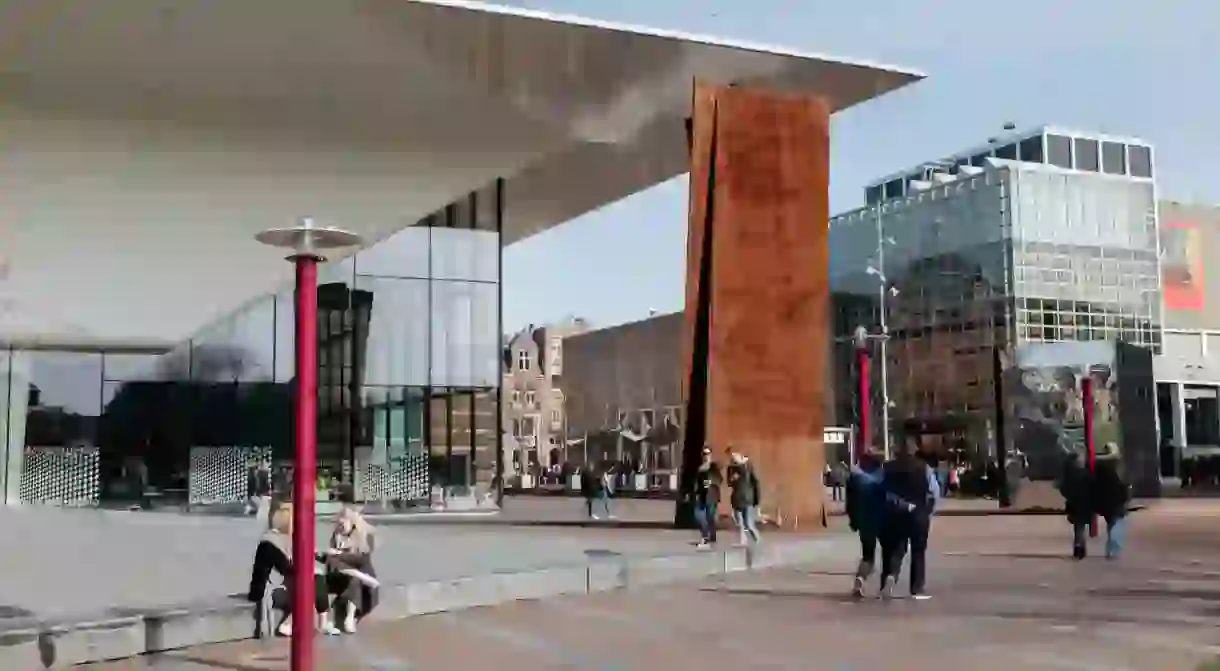Amsterdam's Must-Visit Museums

Since Amsterdam is one of the most visited cities in Europe, if not the world, it’s not hard to run into a museum on every corner. The Dutch capital’s rich heritage is showcased in numerous galleries and museums that tell the stories of the city and the legends who’ve lived there. Here, Culture Trip lists some of its most significant.
The I Amsterdam City Card gives you access to all major museums, public transportation and canal cruises. Passes can be bought online with 24-, 48-, 72-, 96-, and 120-hour options, saving you quite a few euros when venue-hopping and sometimes even letting you bypass the queue.
The Anne Frank House
Museum

Rijksmuseum
Museum

Rembrandt House Museum
Museum

The Van Gogh Museum
Museum

Street Art Museum Amsterdam
Museum

A museum without a gallery or specific building, the Street Art Museum is a four-kilometre route through Amsterdam Nieuw-West that features around 200 art pieces, from graffiti to paste-ups. Not only do visitors hear about the art, but they get an idea of the history and local residents in the area, as well as social politics and culture in Amsterdam. This tour lasts about two hours and is a fantastic way for visitors to get away from the usual tourist areas and explore more of what Amsterdam has to offer. Group tours (€20 per person) and private tours (€30 per person) can be booked through the website. Anna Stolyarova, who works for the museum, says “We are the first to introduce VR into the tour as of 1 July 2019, so the visitor can experience the making of the artwork whilst standing next to it.”
Museum van Loon
Museum

Museum Ons' Lieve Heer op Solder
Church, Museum
With over 100,000 visitors every year, this preserved 17th-century canal house is the second oldest in Amsterdam, and has been open to the public since April 28, 1888. The first floors are home to fascinating historic furniture and decor, but climb the narrow stairs further and you’ll discover something really special. The name translates to ‘Our Lord in the Attic Museum’, as a Catholic church was built on the top three floors of the house as a schuilkerk; a ‘clandestine church’ which once allowed religious dissenters from the Dutch Reformed Church to come for Mass, as they were unable to worship in public.
Sarah Veldman-Daggett contributed additional reporting to this article.













